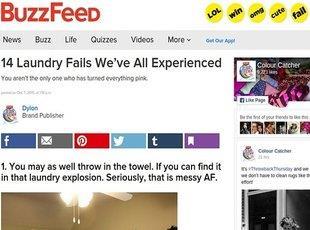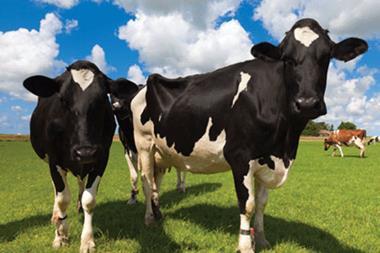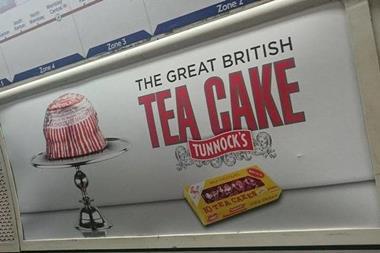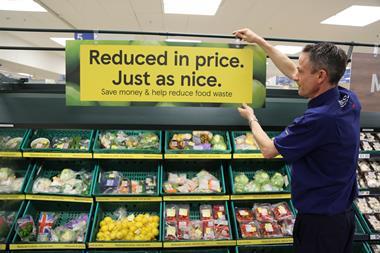
There has been precious little let-up for the industry in the war on sugar this year, so it was perhaps appropriate 2015 ended with the death of the Nesquik bunny – at least as far as its controversial Asda milk bottle ads were concerned.
In a decision that had health campaigners hopping with joy over what they claimed was a landmark moment in the conflict, the ASA ruled Nestlé’s marketing and its claim the product was a “great start to the day!” ran a coach and horses through EU health claims regulations. It could mislead parents about the healthiness of the product, it was decided.
So, not a great end to the year for Nestlé – and one which only illustrates the much bigger battleground that lies ahead in 2016.
The Children’s Food Campaign, which brought the complaint and has a history of bunny-killing attempts Elmer Fudd would be proud of, claimed the case showed the need for tougher regulatory action against the industry.
It’s somewhat ironic, then, that this was a decision by the existing voluntary regulator it and other health complainers claim lacks teeth.
Granted, the case has taken months – and previous actions by the ASA against Nestlé’s rather dubious Nesquik marketing has brought little more than a slap on the wrist. But would regulation really have worked any quicker for Nesquik – or for that matter, any other case?
The big question, though, is how far the government will go in cracking down on marketing of this kind, of which the Nesquik example is just a drop in the ocean.
It was way back in July that The Grocer revealed the Department of Health was planning to clamp down on advertising to children by food and drink companies as part of a major new strategy to tackle childhood obesity. This is now expected in February 2016.
Sources at the time told us ministers would look at the possibility of extending the advertising restrictions on high fat, sugar and salt (HFSS) foods to a wider range of TV programmes that air before the 9pm watershed. They will also consider aligning non-broadcast advertising codes that currently define a child as under 12 with broadcasting regulations, which define children as under 16.
The second part of that plan is already well underway, with the ASA reviewing voluntary restrictions in non-broadcast advertising.
With the FDF having firmly nailed its colours to the mast with a call for a ban on all marketing to under-16s, the industry clearly sees this as an area it must make major concessions in. However, a chasm remains between the industry and campaigners – as well as Public Health England – on whether this goes far enough and whether the voluntary policing system is sufficient.
PHE’s Sugar Reduction Report in October made as one of its key demands from government that it “significantly reduce[s] opportunities to market and advertise high sugar food and drink products to children and adults across all media including digital platforms and through sponsorship”.
The report also called for the setting of a clear definition for high-sugar foods in line with the Ofcom nutrient profiling model, which itself needed to be “reviewed and strengthened”.
If the government acts on PHE’s recommendations, there will be many more marketing campaigns other than the Nesquik bunny running for the nearest deep hole.
PHE also wants to extend the existing TV 9pm watershed to apply across a vast range of further programmes, as opposed to just children-specific ones. And it wants to extend restrictions across all other forms of advertising – notably online, which has been a huge emerging market for companies.
The jury is well and truly out on how far David Cameron will dance to PHE and health campaigners’ tunes come the new year. But there is no doubt that rules about marketing to children will be at the centre of the obesity debate when it all too predictably kicks off again in January, rabbit or no rabbit.



![XOXO-Product-Shot[ALL FLAVOUR]-Sky-1920x1080](https://dmrqkbkq8el9i.cloudfront.net/Pictures/274x183/4/9/2/355492_xoxoproductshotallflavoursky1920x1080_806584_crop.jpg)















No comments yet